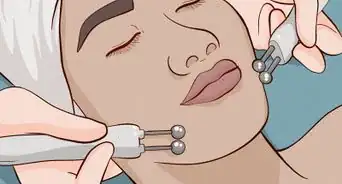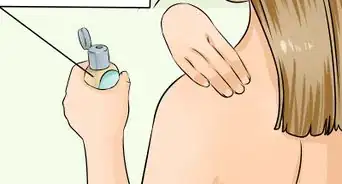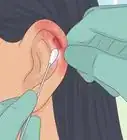This article was co-authored by Luba Lee, FNP-BC, MS. Luba Lee, FNP-BC is a Board-Certified Family Nurse Practitioner (FNP) and educator in Tennessee with over a decade of clinical experience. Luba has certifications in Pediatric Advanced Life Support (PALS), Emergency Medicine, Advanced Cardiac Life Support (ACLS), Team Building, and Critical Care Nursing. She received her Master of Science in Nursing (MSN) from the University of Tennessee in 2006.
This article has been viewed 16,921 times.
Micropore tape is used for things like changing bandages and taping items to your skin. It's known for being very light and breathable and for staying in place while also being easy to remove. To put Micropore tape on your skin, it's important to start with clean, dry skin so the tape adheres well. All you'll need is a minute or two of time and you'll be all taped up!
Steps
Application
-
1Wash your skin with a mild soap and pat it dry. Clean the area where you’ll be applying the tape so that it sticks to your skin well. Use a mild soap to wash your skin and pat the area dry with a clean towel.[1]
- If you’re using the tape to hold a bandage in place, listen to your doctor’s instructions about cleaning the wound.
- It’s important to wipe off any lotions or oils so that the adhesive will stick to your skin.
-
2Cut a length of tape that covers your bandage completely, if applicable. If you have a wound that has a dressing over it, apply the tape so that it extends beyond just the dressing and onto your skin. Cut and apply the tape so that there’s at least 0.5–1 in (1.3–2.5 cm) of taped edge on your skin.[2]Advertisement
-
3Stick the tape to your skin evenly without pulling it. It’s important to avoid pulling or stretching out the tape as you place it on your skin, otherwise it’ll cause tension. Press it down evenly starting at one end and working your way to the other end of the cut tape without tugging on it.[3]
- Pulling the tape wider as you apply it to your skin might cause the area to feel a little irritated or painful.
-
4Rub it firmly into place by applying slight pressure. If you just set the tape down on your skin without rubbing it in, the tape won’t adhere well to the different curves of the area on your body. Press the tape down firmly and gently rub it into your skin using circular motions so it sticks well.[4]
-
5Avoid wrapping tape entirely around a limb. Putting a piece of tape around your arm, leg, or other body part too tightly can cause circulation problems. Instead of wrapping the tape in a full circle, keep it in sections for your own safety.[5]
- Even if you wrap the tape in a circle around your limb and it doesn’t feel tight, that area may swell and cut off your circulation.
-
6Loosen the tape if the area it’s covering starts to swell. If the area of your body where you applied the tape is starting to swell from an injury or the tape being too tight, carefully remove the tape. Reapply it a bit looser so your circulation isn’t affected.[6]
-
7Ask your doctor how long to leave the tape in place. Depending on why you’re using the tape, you may need to leave it on for several weeks. For example, a surgeon may recommend keeping Micropore tape over your incision(s) for up to 6 weeks after an operation to promote faster healing and minimize scarring.[7] They will also give you advice about how often to remove and replace the tape (e.g., once a week until the wounds heal).[8]
- Some healthcare professionals recommend removing Micropore tape before you shower or bathe, then replacing it again when you’re done. Ask your doctor if you can safely wash the taped area and if they recommend taking the tape off before you do so.
Removal
-
1Start at an edge of the tape and loosen it slightly. Find an edge of the tape that’s easy to get under and pull this edge up slightly. Starting at an edge of the tape will give you more leverage and ensure it isn’t painful to take off.[9]
-
2Lift the tape slowly in the direction that your hair is growing. Taking the tape off in the same direction of your hair growth will help ensure it doesn’t pull or cause pain. Lift the tape slowly and carefully, starting at the edge and working your way to the other side.[10]
- Avoid ripping the tape off quickly so you don’t irritate your skin.
-
3Keep the tape low as you remove it to reduce irritation. If you lift the end of the tape that you’ve already removed high into the air as you pull, your skin will be tugged more heavily. Instead, keep the tape close to your skin as you pull it off and use your fingers to steady your skin if needed.[11]
- Pull the tape back over itself once each section is removed to help keep it close to your skin, but not touching anymore.
-
4Use a medical grade adhesive remover if you’re having trouble. Micropore tape is known for being easy to remove, so this shouldn’t be a problem. If you are having trouble getting the tape off or it’s painful to remove, purchase an adhesive remover and dab this on to the area to help the tape come loose.[12]
- Sometimes applying a moisturizer can help loosen the tape too.
Warnings
- Micropore tape isn't waterproof, so avoid showering, heavily exercising, or going underwater with it on.⧼thumbs_response⧽
References
- ↑ https://multimedia.3m.com/mws/media/82089O/common-questions-micropore-surgical-tapes.pdf
- ↑ https://multimedia.3m.com/mws/media/128297O/tips-for-trouble-free-taping-brochure.pdf
- ↑ https://multimedia.3m.com/mws/media/128297O/tips-for-trouble-free-taping-brochure.pdf
- ↑ https://www.infectioncontroltoday.com/view/make-correct-tape-application-sticking-point
- ↑ https://multimedia.3m.com/mws/media/128297O/tips-for-trouble-free-taping-brochure.pdf
- ↑ https://multimedia.3m.com/mws/media/128297O/tips-for-trouble-free-taping-brochure.pdf
- ↑ https://www.ncbi.nlm.nih.gov/pmc/articles/PMC4961501/
- ↑ https://www.nbt.nhs.uk/our-services/a-z-services/breast-reconstruction/surgical-scars-following-breast-reconstruction
- ↑ https://multimedia.3m.com/mws/media/128297O/tips-for-trouble-free-taping-brochure.pdf




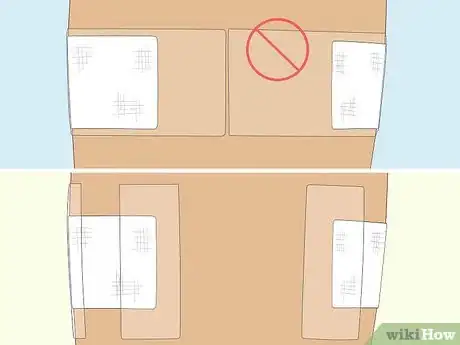



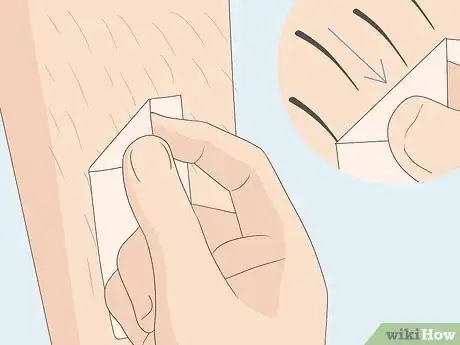
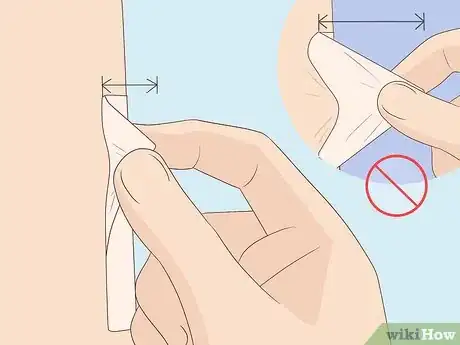
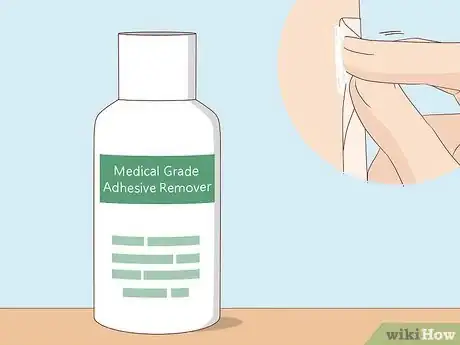
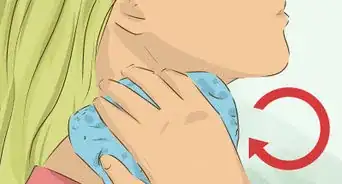
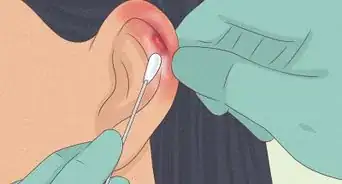
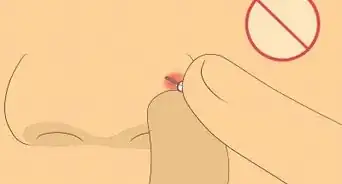


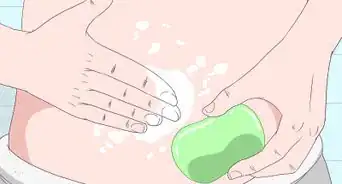
-Electric-Shock-Step-9.webp)

